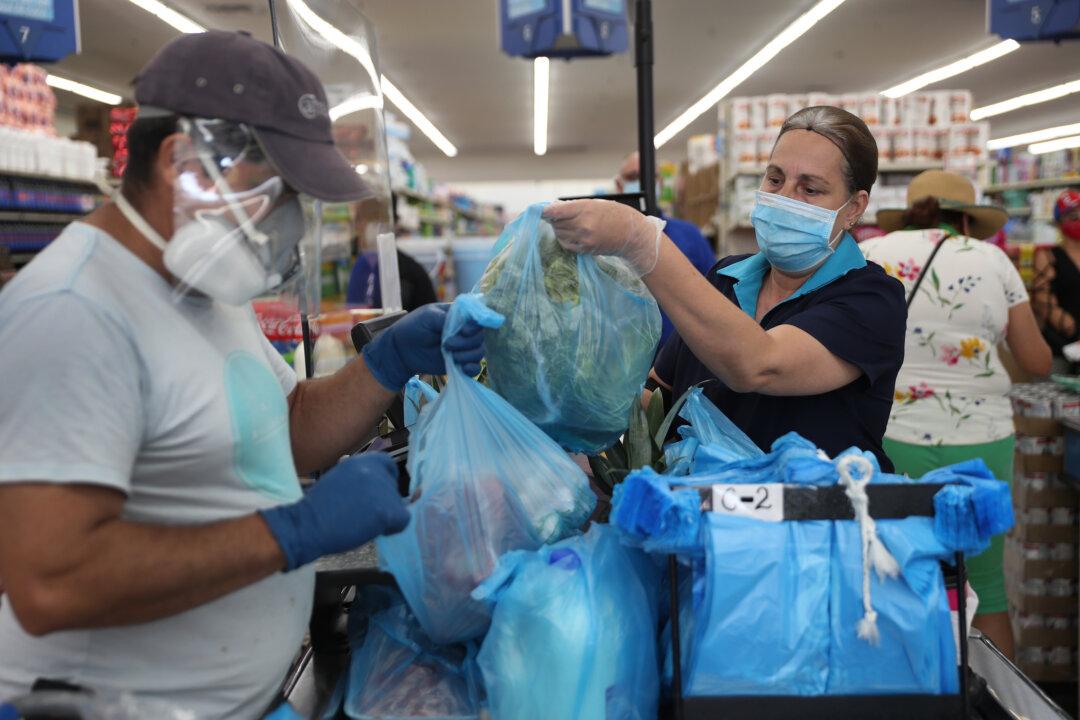WASHINGTON—The COVID-19 pandemic has devastated large swaths of the U.S. labor market, leaving millions out of work. As businesses across the country are anxious to open their doors, they may begin to face another challenge.
The unemployment insurance program expanded by the coronavirus relief package is so generous that it might discourage workers from returning to work, economists say.





